India’s 75 most iconic films that celebrate the journey of the country
Here's a list of 75 finest films made in India in the last 70 years. Indian Express critic Shubhra Gupta curates the list of the films that best illustrate the journey of India.
Updated: January 23, 2025 12:01 IST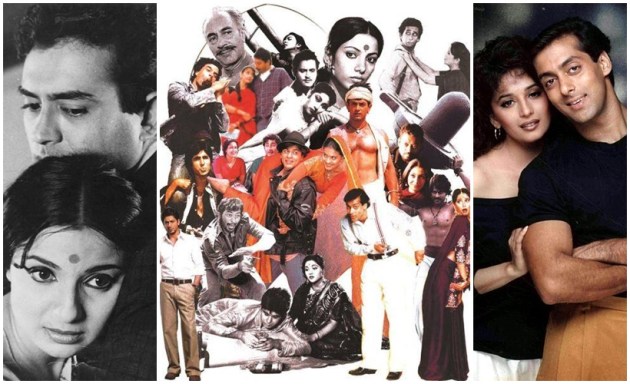 1 / 76
1 / 76As India turns 75, we draw a movie map of India by writing about 75 films that best illustrate the journey of the country. The popular cinemas of India have always matched the new-old country, reflecting the staggering cornucopia of colour and noise, wary and scornful of Western understatement, uneasy with realism. Its most seductive, strongest antidote became, and still is, escapism. There were those who scoffed at the movie mills churning away in the major filmmaking centres of Bombay, Madras, Calcutta, making films short on logic, long on melodrama, but who is to say that those flights of fancy did not afford their viewers much-needed diversion?
Indian Express' Film critic Shubhra Gupta chooses the 75 most iconic films. 2 / 76
2 / 76Chandralekha (1948, Tamil/Hindi)
The first Tamil film to attempt an all-India distribution; its famous drum sequence set into stone the mandatory dance spectacle in masala movies across all languages. Song-and-dance! Melodrama!! Cinema!!!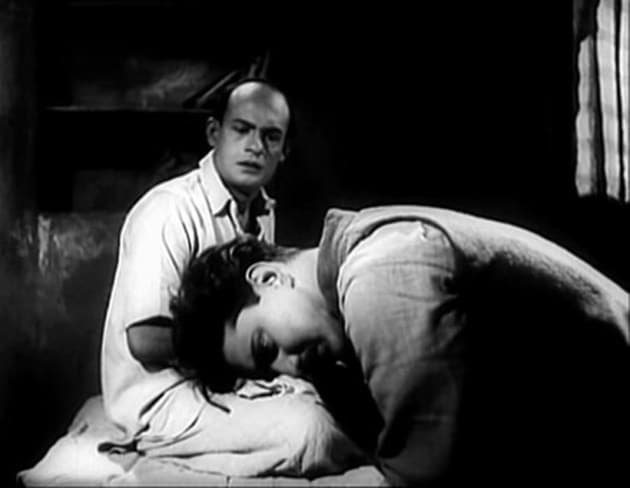 3 / 76
3 / 76Nagarik (1952, Bengali
Ritwik Ghatak’s openly political look at a family of immigrants in Calcutta, the victims of Bengal’s partition, focusses on the need for radical change.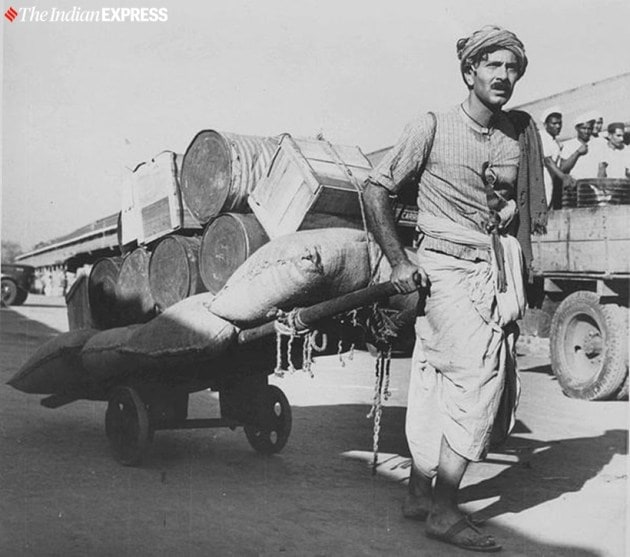 4 / 76
4 / 76Do Bigha Zamin (1953, Hindi)
Bimal Roy’s classic about a poor peasant, played by the incomparable Balraj Sahni, whose struggles to rise out of debt is a heartrending picture of a country where inequalities were growing inexorably.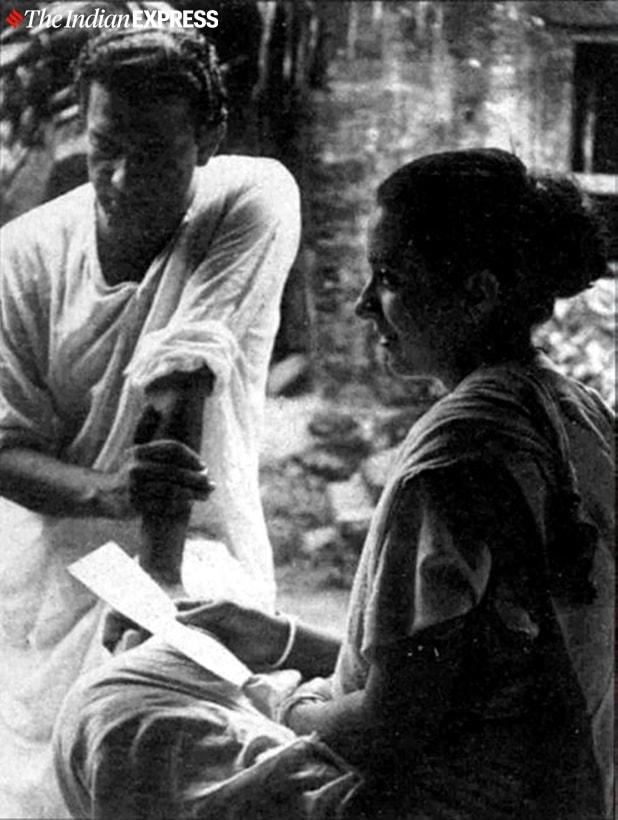 5 / 76
5 / 76Pather Panchali (1955, Bengali) Satyajit Ray put India on the world map with this felt portrait of life in a Bengal village; Aparajito (1956) and Apur Sansar (1959) completed the coming-of- age trilogy of the feckless Apu.
 6 / 76
6 / 76Devdas (1955, Hindi)
Kaun kambakht bardaasht karne ke liye peeta hai? Dilip Kumar’s Devdas became a palimpsest for self-obsessed young lovers who found it easier to embrace failure, than to stand up and be counted.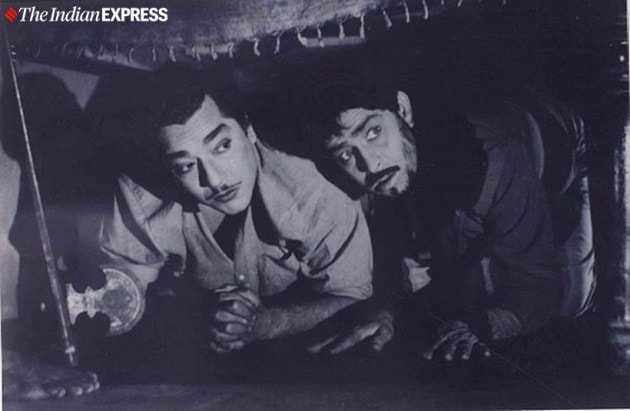 7 / 76
7 / 76Jagte Raho (1956, Hindi)
Raj Kapoor’s poor villager wandering through the city, desperate to slake his thirst, being chased off by the affluent, is a sharp satire on the urban-rural divide, establishing the trope of the innocent gaonwala up against the callous city-dweller. 8 / 76
8 / 76Mother India (1957, Hindi)
Mehboob Khan took Nargis and turned her into Bharat Mata, and all “mothers” in popular Indian cinema have since had to be strong and sacrificial 9 / 76
9 / 76Naya Daur (1957, Hindi)
The perils of progress via new technology, and a rumination on the old order changing reluctantly, wrapped up in lovely melodies and the winsome Dilip-Vyjayanthimala pair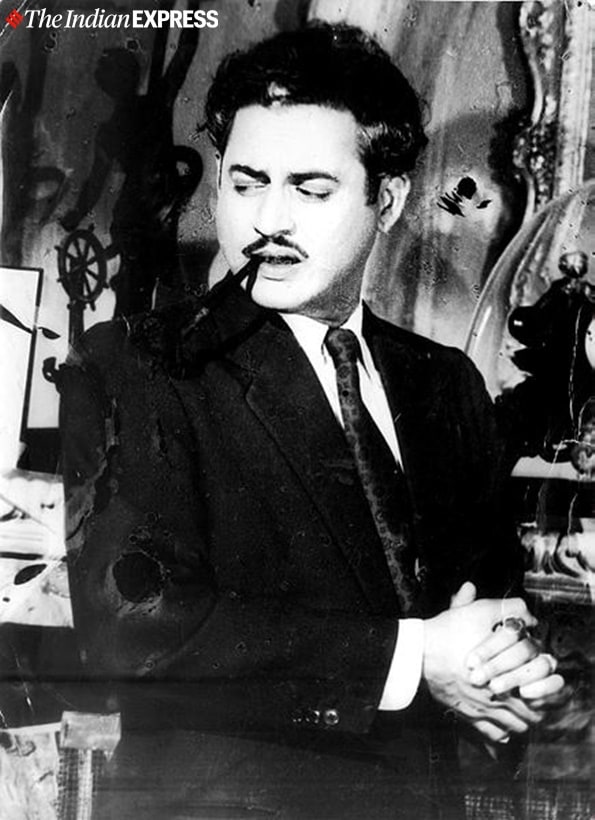 10 / 76
10 / 76Pyaasa (1957, Hindi)
What does art, and the poet stand for, and how does he handle the onslaught of the banal and mediocre lie at the heart of this marvellous, moody meditation on the state of the nation by Guru Dutt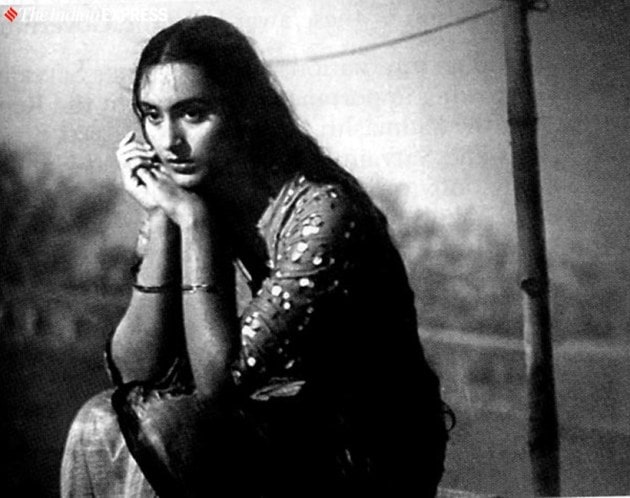 11 / 76
11 / 76Sujata (1959, Hindi)
Reform, untouchability, and Nutan, under Bimal Roy’s baton, in a rare mainstream exploration of this biggest elephant in the room – what has reservation changed, if anything?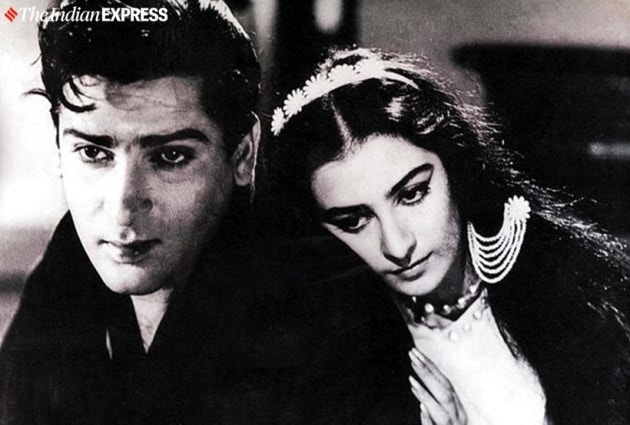 12 / 76
12 / 76Junglee (1961, Hindi)
Shammi Kapoor’s tubby, brash hero yahooed, and swept his heroines off their feet, to give us that unique brand of Hindi rom-com, a mix of family-drama-gawky-romance-class-conflict-easy-resolution-and-a-very-happily-ever-after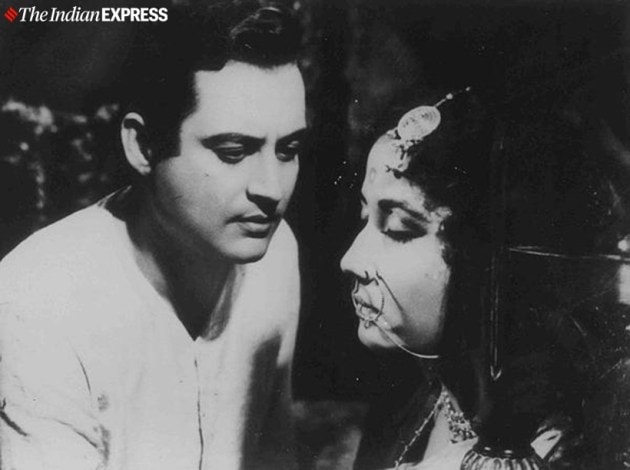 13 / 76
13 / 76Sahib Bibi Aur Ghulam (1962, Hindi)
With Guru Dutt, Waheeda Rehman and Meena Kumari, this Abrar Alvi film focuses on the decaying grandeur of zamindars in Bengal, and feudal India holding on to its about-to-vanish ways – suna hai teri mehfil mein ratjaga hai?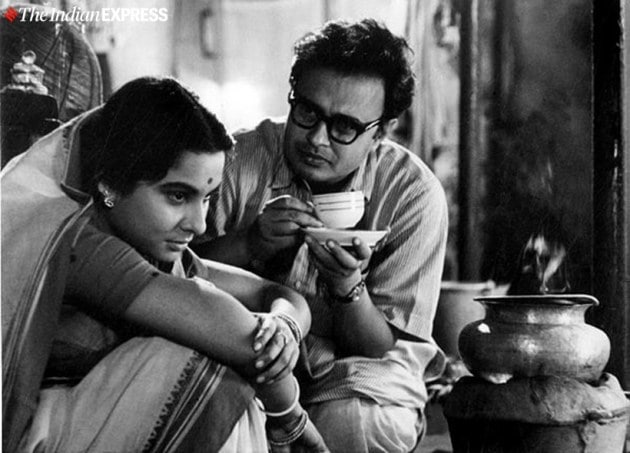 14 / 76
14 / 76Mahanagar (1963, Bengali) Satyajit Ray’s masterly exploration of women stepping into the workplace, gaining independence, and thinking for themselves. And, the power of a red lipstick
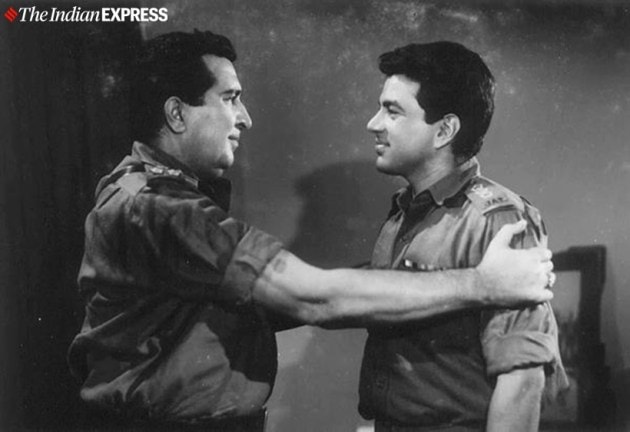 15 / 76
15 / 76Haqeeqat (1964, Hindi)
Hindi cinema’s first proper war/propaganda film, picking on resurgent nationalism after the short-lived 1962 “war” with China; it still remains the best in the genre 16 / 76
16 / 76Chemmeen (1965, Malayalam)
This deep, empathetic excavation of female desire up against societal mores is a Malayalam cinema classic, and a great example of how powerful, socially-conscious films never go out of vogue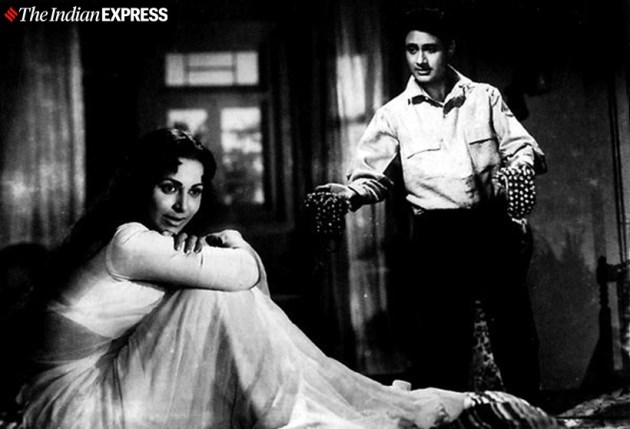 17 / 76
17 / 76Guide (1965, Hindi)
Vijay Anand’s far-ahead-of-its-time look at moral codes, transgressions, and women who want to live for themselves, fronted by Dev Anand, Waheeda Rehman and aaj phir jeene ki tamanna hai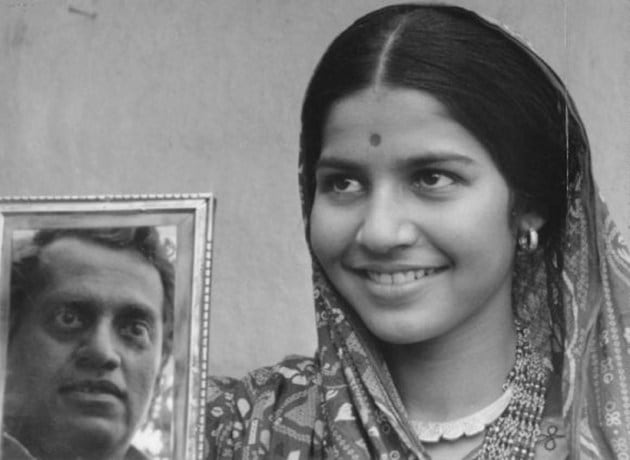 18 / 76
18 / 76Bhuvan Shome (1969, Hindi)
Mrinal Sen’s low-budget marvel, featuring a self-important babu and a pretty young woman, which started the New Cinema movement, with its shoestring budgets, realistic settings and performances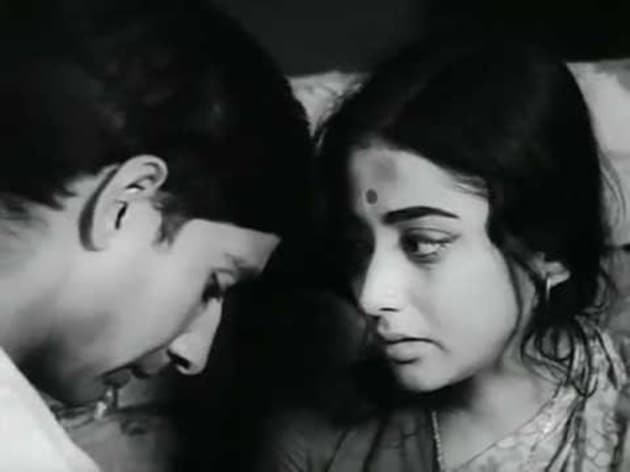 19 / 76
19 / 76Sara Aakash (1969, Hindi) Basu Chatterji’s directorial debut on the problems of arranged marriages, and patriarchal attitudes, became the harbinger of what came to be known as middle-of-the-road cinema
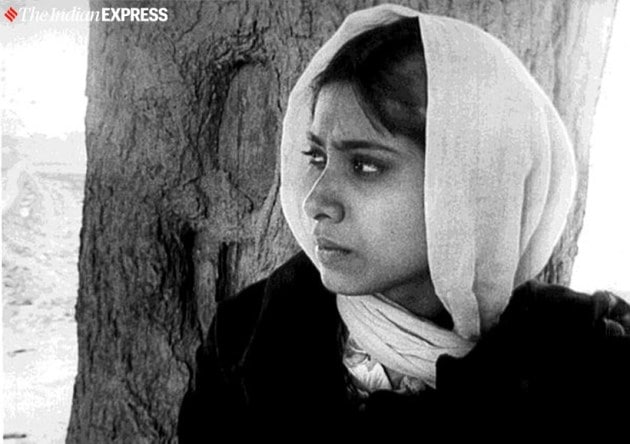 20 / 76
20 / 76Uski Roti (1969, Hindi)
Experiments with form were Mani Kaul’s forte, and his kind of stylised story-telling was brand new for Indian cinema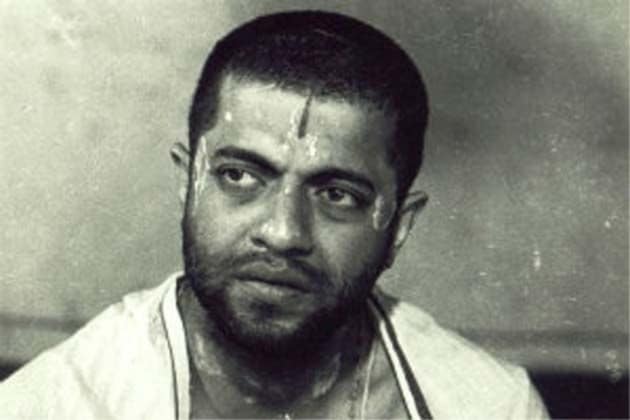 21 / 76
21 / 76Samskara (1970, Kannada)
This morality tale, directed by Pattabhirama Reddy and scripted by Girish Karnad, thew an open challenge to Brahmin orthodoxy, and created a huge furore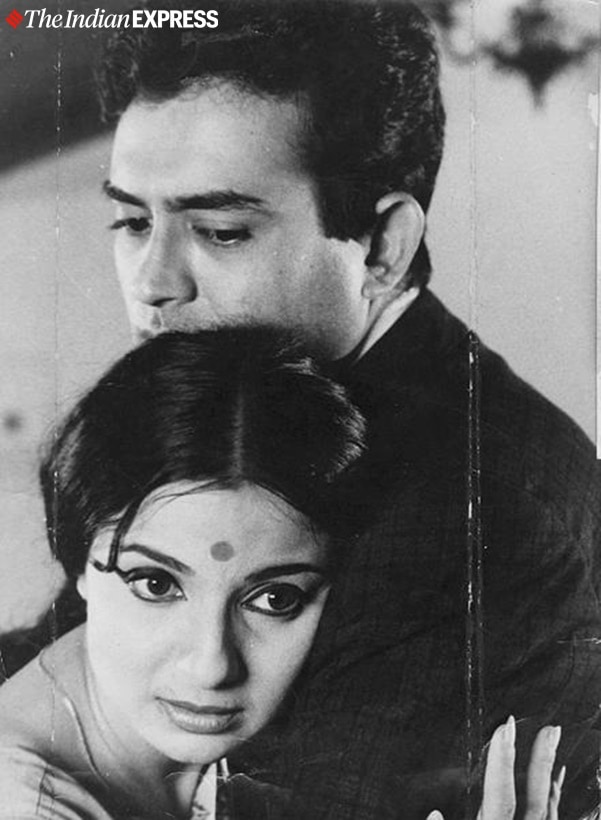 22 / 76
22 / 76Anubhav (1971, Hindi)
Basu Bhattacharya directed Sanjeev Kumar and Tanuja in a rare, complex portrayal of marriage, strikingly real and tender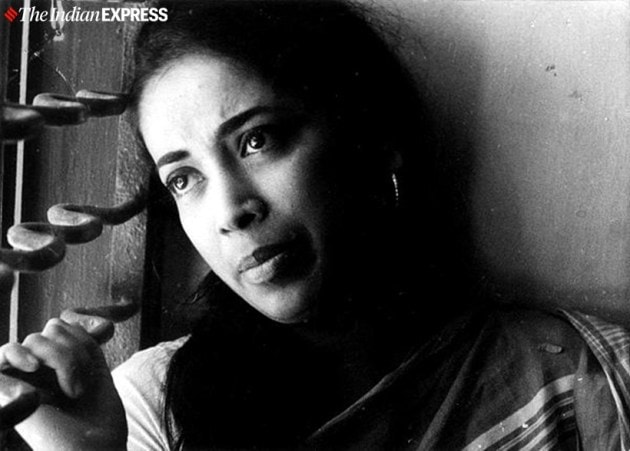 23 / 76
23 / 76Shantata! Court Chalu Aahe (1971, Marathi)
Based on Vijay Tendulkar’s play, Satyadev Dubey’s avant-garde classic focussed on the taboo subject of a woman’s sexuality, and how quick to judgement everyone is; it is still as pertinent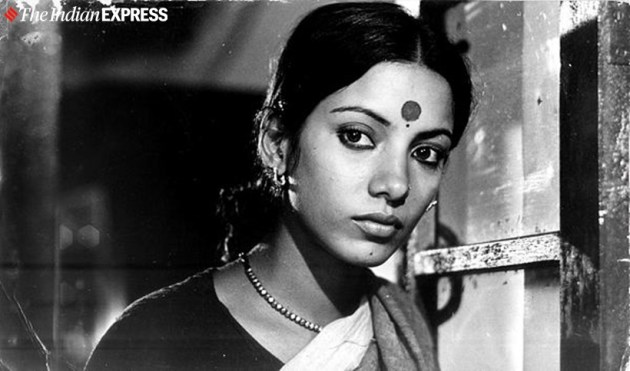 24 / 76
24 / 76Ankur (1973, Hindi)
Shyam Benegal’s debut, a masterly examination of feudal structures which continue to oppress and suppress, was the beginning of a short-lived but glorious stream of films that came to be defined as parallel cinema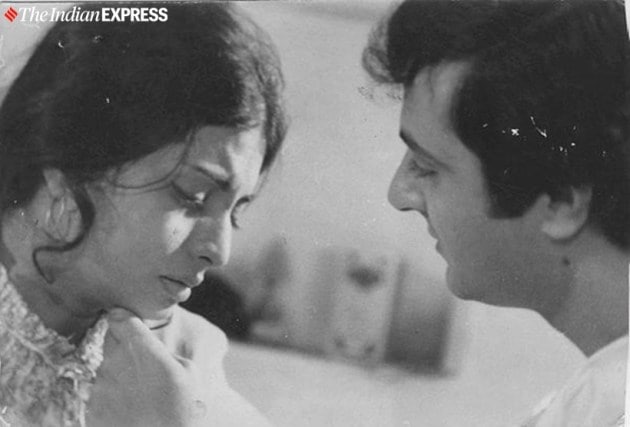 25 / 76
25 / 76Garm Hava (1973, Hindi) MS Sathyu’s look at the plight of Muslims who chose to stay back in India after the Partition. Balraj Sahni is unforgettable in this film that feels like an elegy
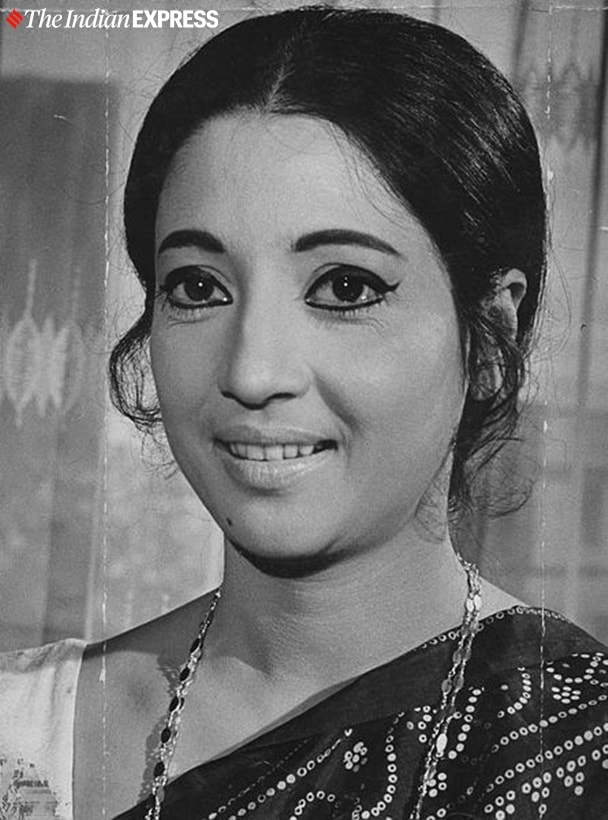 26 / 76
26 / 76Aandhi (1975, Hindi)
Gulzar’s politically inflected romance which had Suchitra Sen play a strong female ‘neta’ with a white streak in her hair, very like a certain Mrs Indira Gandhi, drew sharp establishment ire, but managed to inexplicably sneak past the censors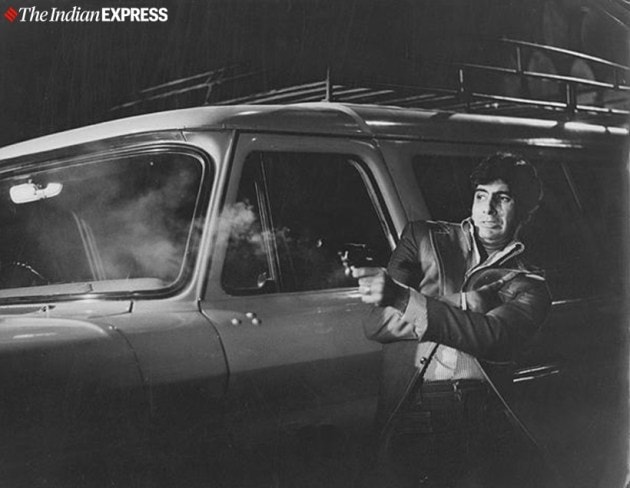 27 / 76
27 / 76Deewaar (1975, Hindi)
Yash Chopra, Salim-Javed, and Amitabh Bachchan changed the face of the Hindi film. The Angry Young Man, born in Zanjeer, came of age in this infinitely better crime drama, and made its hero unstoppable 28 / 76
28 / 76Sholay (1975, Hindi)
A hand-less thakur, toothless cops, two good-at-heart layabouts, a chatterbox and her mare, and the villainous Gabbar Singh added up to non-stop entertainment, and dialogues still in currency; Ramesh Sippy took the Spaghetti Western and turned it into an outstanding masala movie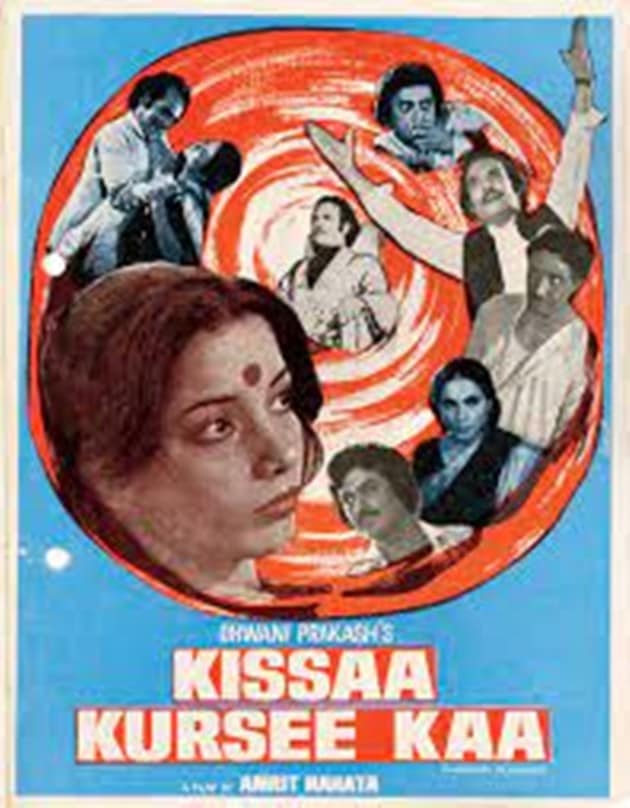 29 / 76
29 / 76Kissaa Kursee Kaa (1976, Hindi)
Showing up the excesses of the Emergency, its original reels burnt by Sanjay Gandhi’s thuggish minions, the final effort was an effective if crude film which proved that cinema critical of the establishment was always going to have a hard time getting past the ultra-watchful eye of the censors.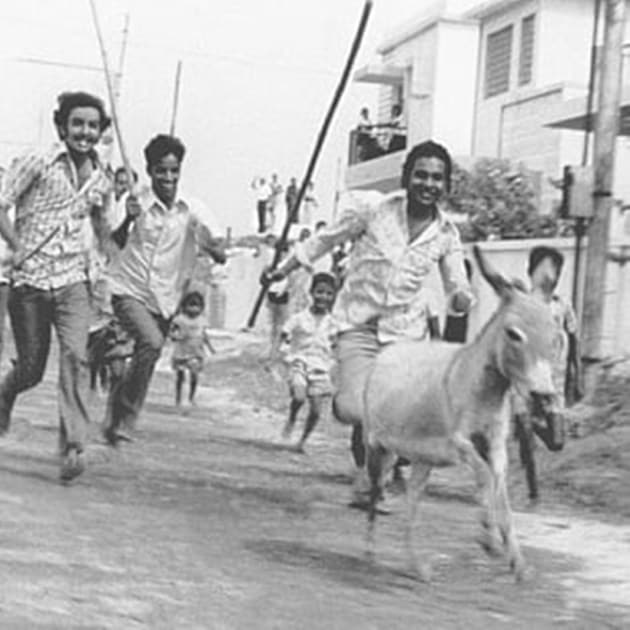 30 / 76
30 / 76Agraharathil Kazhutai (1977, Tamil)
A donkey wanders into a village and becomes a disrupter, challenging established order in this acrid commentary on times and mores by John Abraham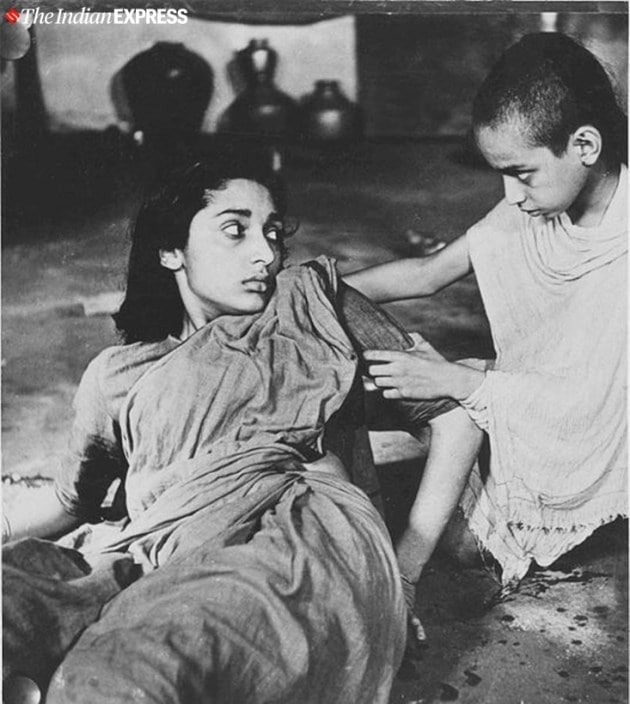 31 / 76
31 / 76Ghatashraddha (1977, Kannada)
Girish Kasaravalli’s powerful debut, about the plight of a pregnant young widow seen through the eyes of a boy, tells us how the body of a woman is everybody else’s except hers 32 / 76
32 / 76Aakrosh (1980, Hindi)
Directed by Govind Nihalani, written by Vijay Tendulkar and brought to shattering life by an astounding performance by Om Puri, it is about the mute helplessness and burning anger of the oppressed, and how it bursts out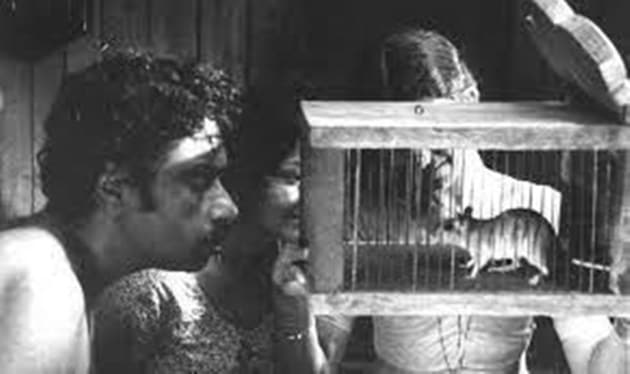 33 / 76
33 / 76Elipathayam (1982, Malayalam)
Adoor Gopalakrishan’s masterful portrait of a man clinging on to his feudal way of life which parallels the disintegrating world outside his tharavadu (home), is a rat in the trap of his own making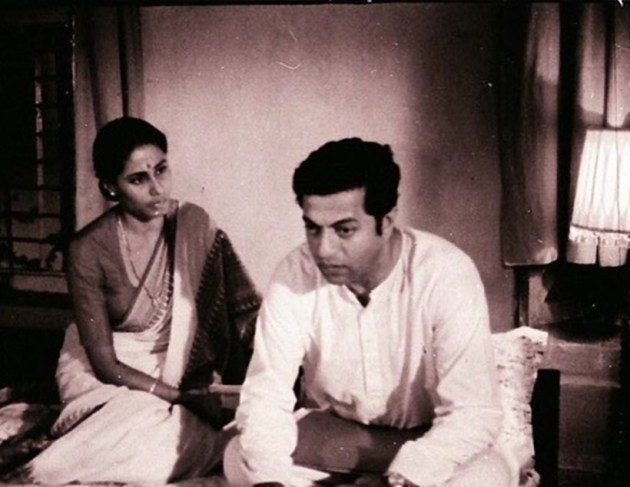 34 / 76
34 / 76Umbartha (Marathi, 1982)
Jabbar Patel’s film about a woman’s search for identity and self-worth reflected the churn brought about by the women’s movement, questioning the old order and trying to make space for the new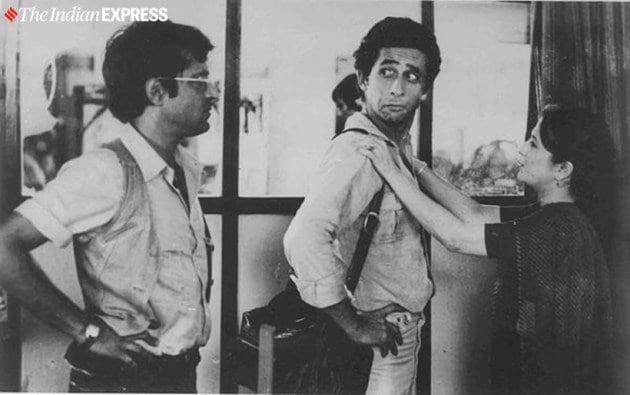 35 / 76
35 / 76Jaane Bhi Do Yaaro (1983, Hindi)
Kundan Shah’s absurdist drama about corruption and out-of-control construction that was ruining Bombay has never been bettered. You laugh and you rage, and that’s the way you roll, yaaro 36 / 76
36 / 76Maya Miriga (1984, Odia)
Nirad N Mohapatra’s intricate exploration of the politics at play within three generations of a joint family, and the problems that accompany upward mobility, was among the first films from Odisha which received widespread national attention 37 / 76
37 / 76Party (1984, Hindi)
A supremely acerbic look, again by Govind Nihalani, at those who live in comfortable cocoons, those who fling stones at glass houses and the fates of those without a voice 38 / 76
38 / 76Damul (1985, Hindi)
The stark desperation of the lives of bonded labour was brought to light by Prakash Jha, whose most successful films have coasted on strong social themes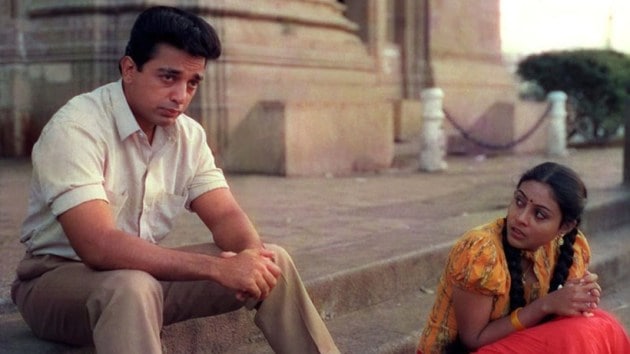 39 / 76
39 / 76Nayakan (1987, Tamil)
Mani Ratnam gave a crackling new life to the gangster film with this hat-tip to The Godfather, in which Kamal Haasan showed how it was done; it was also the film that proved just how far ahead Tamil cinema was in terms of storytelling, and technical finesse, and Hindi cinema sat up and look notice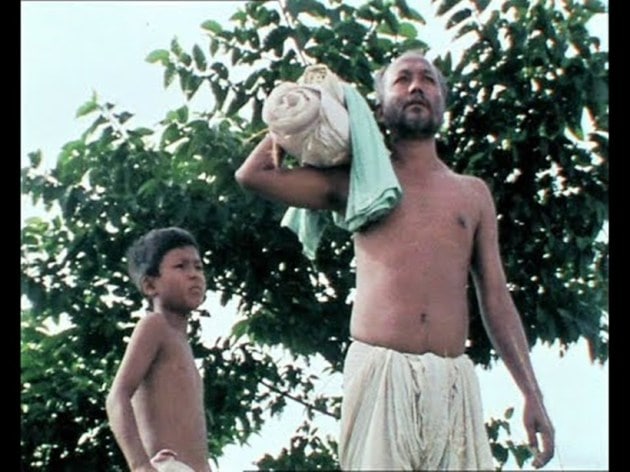 40 / 76
40 / 76Halodhia Choraye Baodhan Khai (1987, Assamese)
How an innocent villager goes up against an exploitative landlord to get back his land, is one of Jahnu Barua’s best-remembered films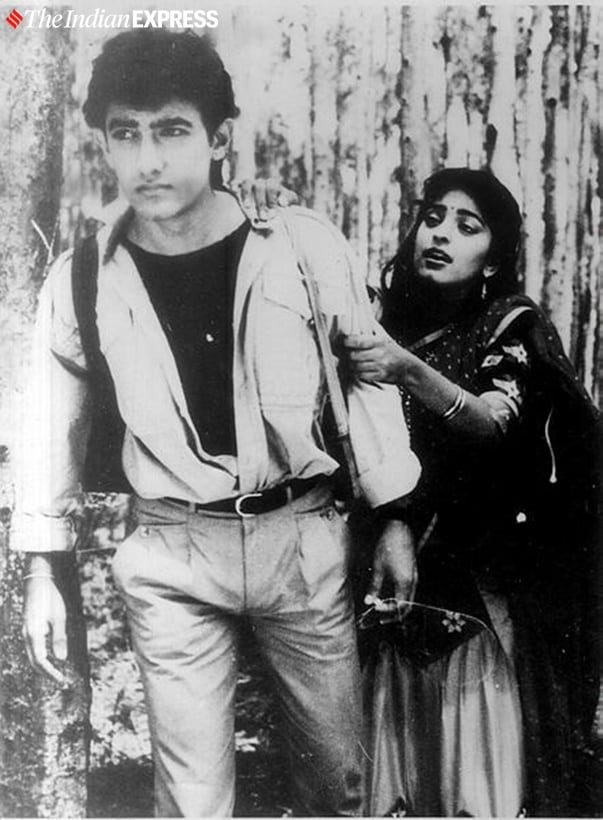 41 / 76
41 / 76Qayamat Se Qayamat Tak (1988, Hindi)
Mansoor Khan’s debut. which re-united Hindi cinema with teen romance, made stars out of Aamir Khan and Juhi Chawla; it was also the last time you would see rebellious young lovers in Hindi cinema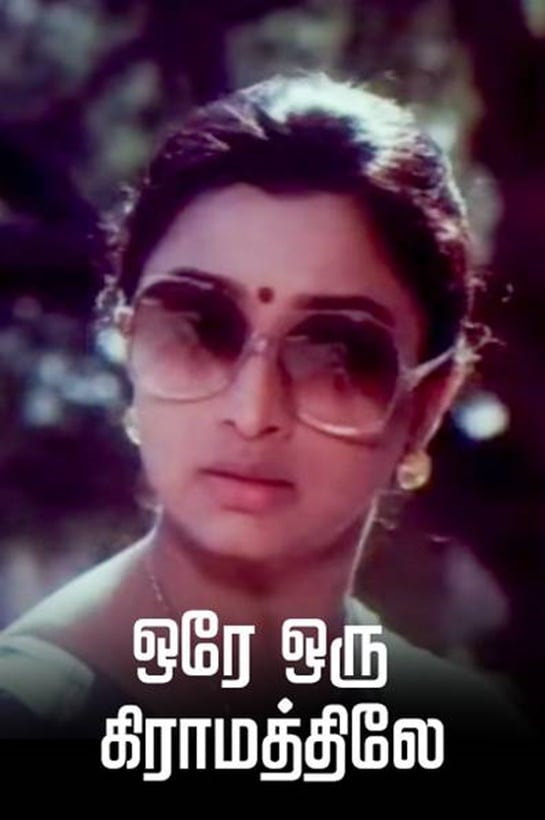 42 / 76
42 / 76Ore Oru Gramathile (1989, Tamil)
Directed by K Jyothi Pandian, this film questioned caste-based reservation, quickly became controversial, and faced a ban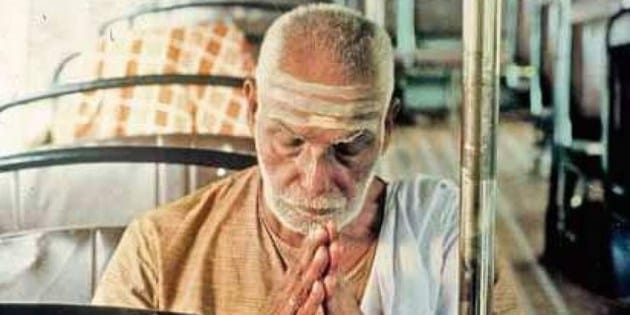 43 / 76
43 / 76Piravi (1989, Malayalam)
A father’s endless wait for his son, a student at an engineering college who has vanished, is a testament to the excesses of the Emergency and police brutality, movingly delineated by Shaji N Karun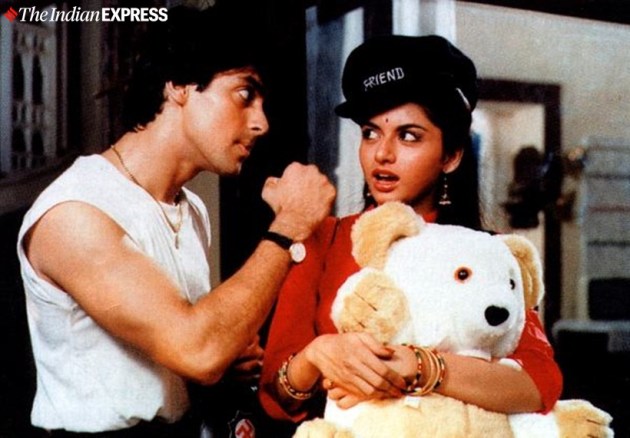 44 / 76
44 / 76Maine Pyar Kiya (1989, Hindi)
Sooraj Barjatya’s debut which resurrected the fortunes of the venerable house of Barjatyas, created a template for the “clean, family-friendly” youthful romance, and gave us Prem, aka Salman Khan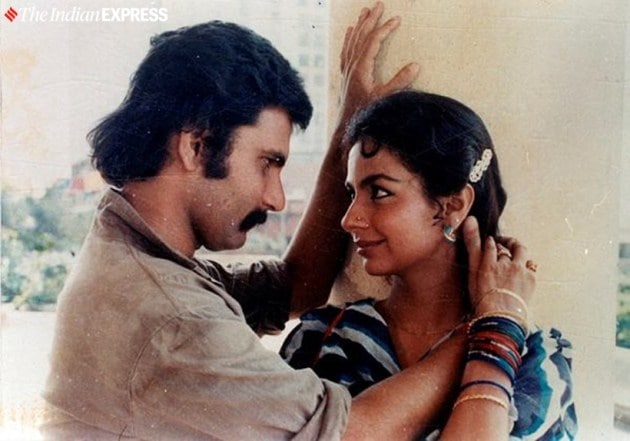 45 / 76
45 / 76Salim Langde Pe Mat Ro (1989, Hindi)
The poison dripping from communal riots seeps into the ground, biding its time to create more mayhem; Saeed Akhtar Mirza directs, and Pawan Malhotra is brilliant as a young man in search of a way out of a quagmire 46 / 76
46 / 76Unishe April (1994, Bengali)
Rituparno Ghosh’s spiky relationship drama about a successful mother and resentful daughter gave us a new voice in Bengali cinema, which celebrated the quotidian, the intimate and made it universal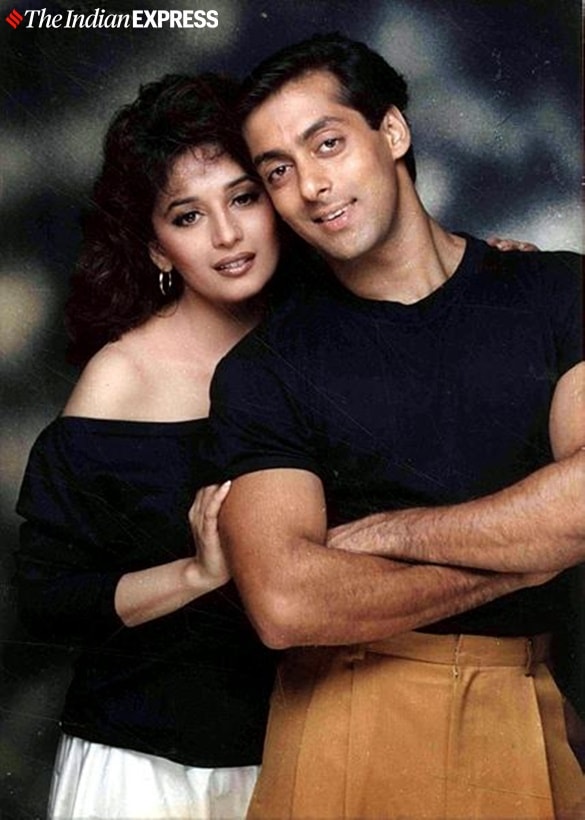 47 / 76
47 / 76Hum Aapke Hain Koun..! (1994, Hindi)
The happy-jolly Hindu joint family and its intense and total preoccupation with marriage rituals cemented Hindi cinema’s love for mandaps and mangalsutras, bringing back “traditional values” into the movies 48 / 76
48 / 76Dilwale Dulhania Le Jayenge (1995, Hindi)
Aditya Chopra’s first film deep-sixed all ideas of rebellious young love, using NRI nostalgia as a hook, and gave Shah Rukh Khan his most successful film, which he is still having to live up to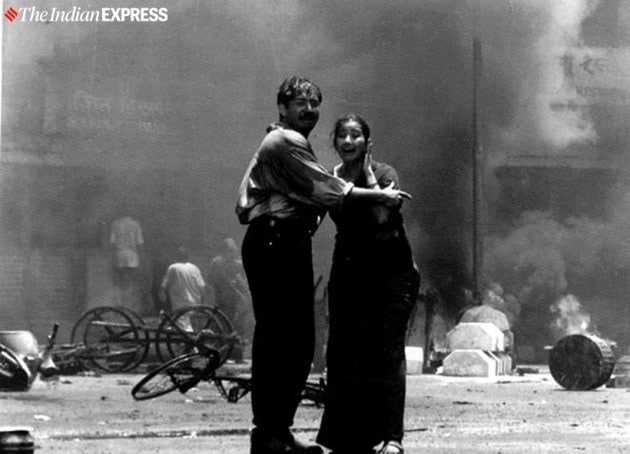 49 / 76
49 / 76Bombay (1995, Tamil)
The second of Mani Ratnam’s ‘political trilogy’, which include Roja and Dil Se, was set in the backdrop of the Bombay riots, toplined by the romance of a Hindu man and Muslim woman, leading to massive protests when the movie came out 50 / 76
50 / 76Zakhm (1998, Hindi)
Mahesh Bhatt’s film presaged the rise and rise of Hindu fundamentalism ; in one of his best films, backed by a star turn from leading man Ajay Devgn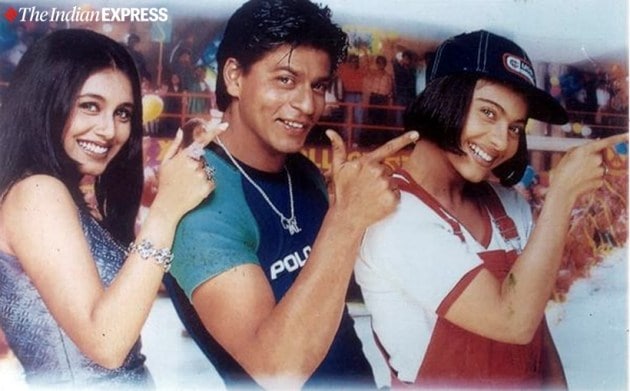 51 / 76
51 / 76Kuch Kuch Hota Hai (1998)
Karan Johar’s debut, starring Shah Rukh Khan, Kajol and Rani Mukherji, turned future Bollywood romances firmly towards a shiny GAP aesthetic, in which characters are designed and turned out for our delectation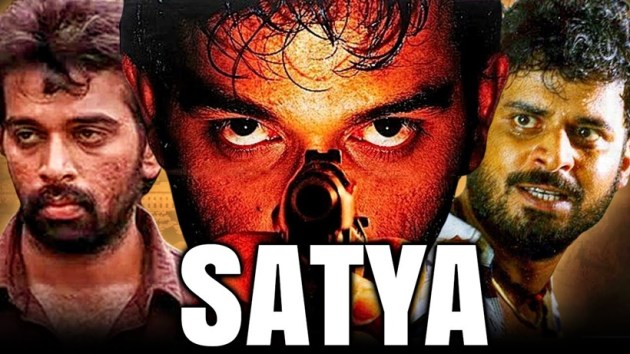 52 / 76
52 / 76Satya (1998, Hindi)
Ram Gopal Varma drew upon a galaxy of new talent to create a stunning gangster film, which gave us small-time bad-guys-with-a-backstory; the film’s impact on the entrenched studio systems creaking under formulaic Bollywood offerings, was cataclysmic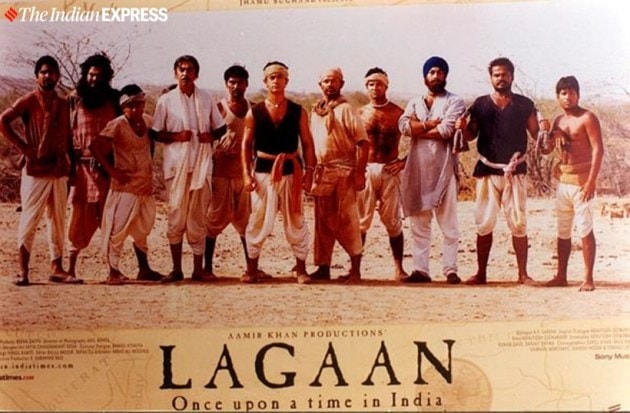 53 / 76
53 / 76Lagaan (2001, Hindi)
A bunch of rag-tag villagers beat the English in a game of cricket in Ashutosh Gowariker’s sprawling epic which changed the way Hindi movies were made; the village made a brief comeback in the movies, and Aamir Khan hit it out of the park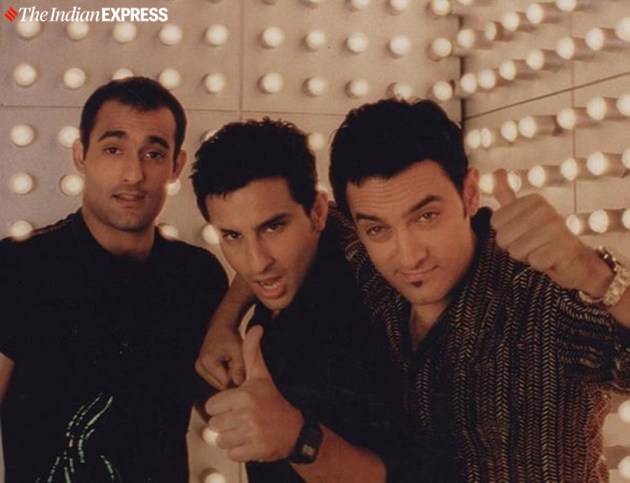 54 / 76
54 / 76Dil Chahta Hai (2001, Hindi)
Farhan Akhtar’s sparkling bromance featuring three well-to-do young men and their plush surroundings changed Bollywood’s uneasy relationship with (the depiction of ) wealth; spiffy goatees, recliners, sports coupes – and Bollywood was never the same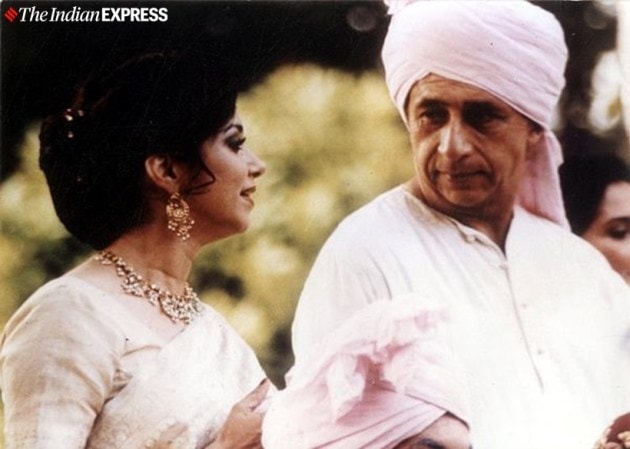 55 / 76
55 / 76Monsoon Wedding (2001, Hindi)
Mira Nair upturns the idea of the Big Fat Indian Wedding on its head in this brilliant look at a Delhi farmhouse shaadi, where a can of worms comes rolling out, even as the shehnai plays and the rain falls.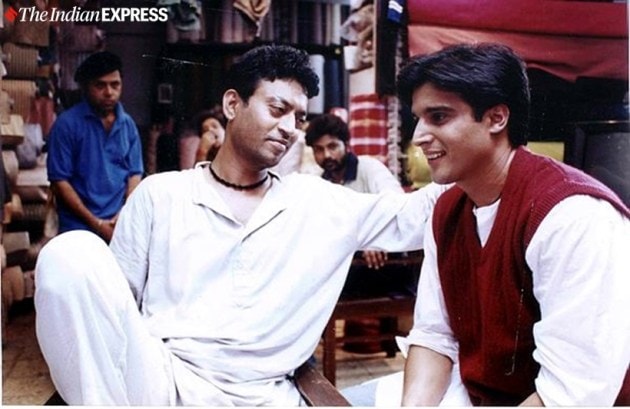 56 / 76
56 / 76Haasil (2003, Hindi)
Tigmanshu Dhulia gave us a crackling North India patois, Hindi heartland, pulsating university politics and Irrfan Khan in a film that changed the language Hindi cinema spoke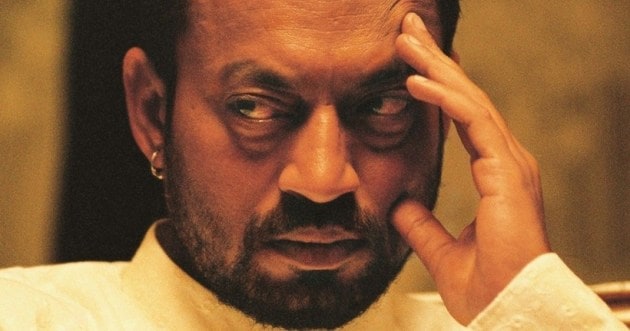 57 / 76
57 / 76MIrr
 58 / 76
58 / 76My Brother…Nikhil (2005, Hindi)
Homosexuality and AIDS, and the fact that ignorance is worse than a deadly ailment, became the subject of a mainstream Hindi film in Onir’s debut feature, starring Sanjay Suri. It was a first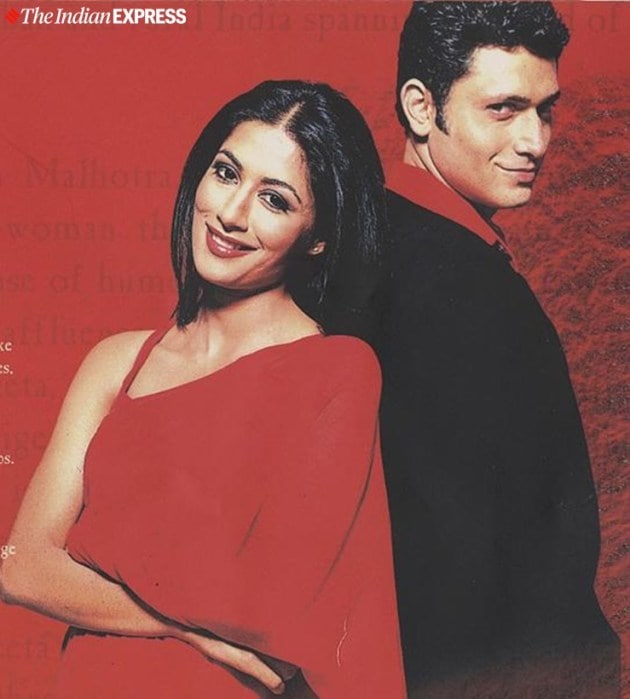 59 / 76
59 / 76Hazaaron Khwaishein Aisi (2005, Hindi)
Sudhir Mishra trains an unflinchingly personal- political lens on the Emergency era through his hip, urban young leads, who go to Delhi University, do not attend classes, and dream of revolution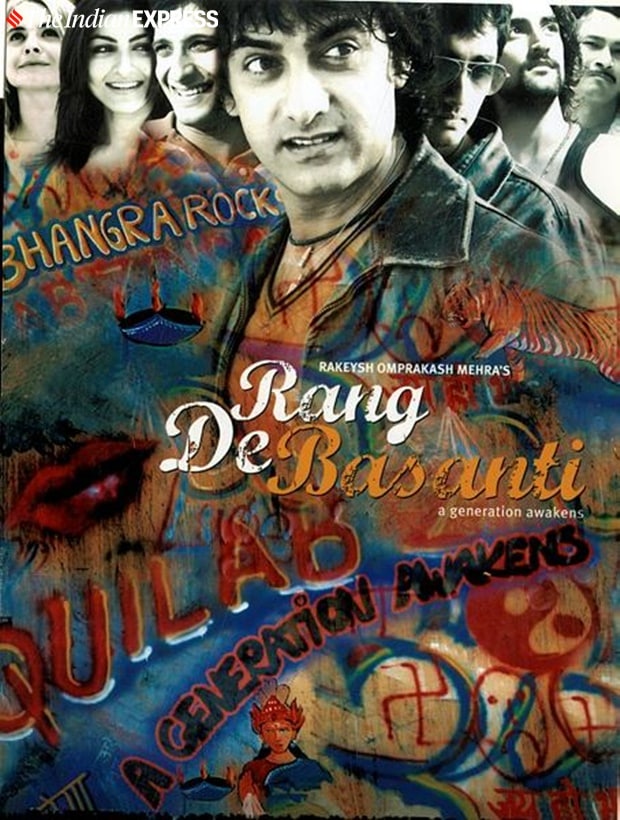 60 / 76
60 / 76Rang De Basanti (2006, Hindi)
Patriotism goes pop in this Rakeysh Omprakash Mehra’s film about a bunch of Delhi University students highlighting corruption in high places. It was a film whose impact spilled over into real life, and led to the arrest and conviction of the politically connected killer of popular model Jessica Lal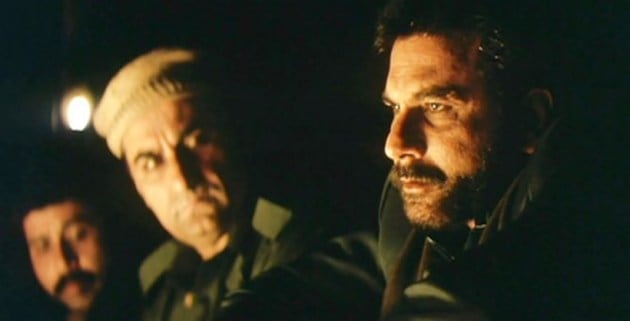 61 / 76
61 / 76Black Friday (2007, Hindi)
Anurag Kashyap’s powerful recreation of the events that led up to the Bombay blasts in 1993, banned initially and then released, remains one of the most daring docu-dramas of Hindi cinema 62 / 76
62 / 76Chak De! India (2007, Hindi)
Kabir Khan, former member of the national hockey team and current coach of a rag-tag girl’s team, fights against charges of being anti-national – Shimit Amin’s rousing sports drama with Shah Rukh Khan in one of his best performances touches upon the touchy issue of communalism and gender bias in Indian sports 63 / 76
63 / 76Udaan (2010, Hindi)
A teenager’s rocky relationship with a distant father who is the exact opposite of the cuddly papas of Hindi cinema, Vikramaditya Motwane’s stunning debut still remains the truest coming-of-age in Bollywood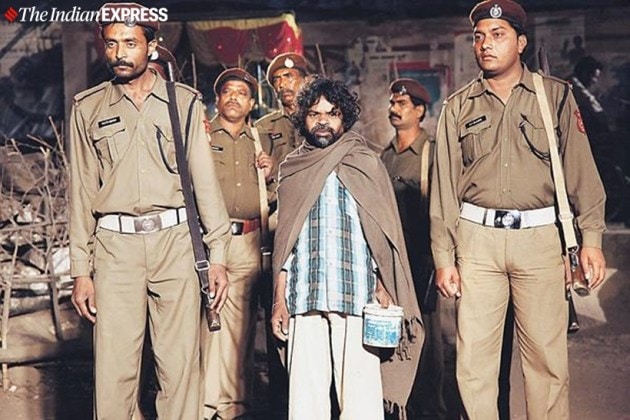 64 / 76
64 / 76Peepli Live (2010, Hindi)
The debasing, dehumanising poverty in India’s rural areas, the “issue” of farmers’ suicide, and how TV can make a circus out of anything is the subject of Anusha Rizvi’s satire: you laugh and cry at the same time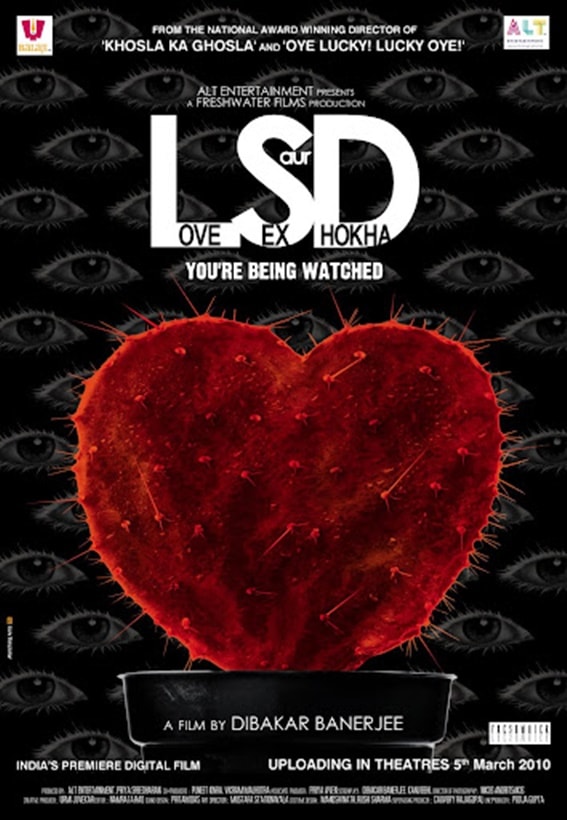 65 / 76
65 / 76Love Sex aur Dhokha (2010, Hindi)
Cutting across the multi-layered hypocrisies around inter-caste relationships, sexual freedom of women, and incorporating the #MeToo thread much before #MeToo broke out, Dibakar Banerjee broke all the rules of Bollywood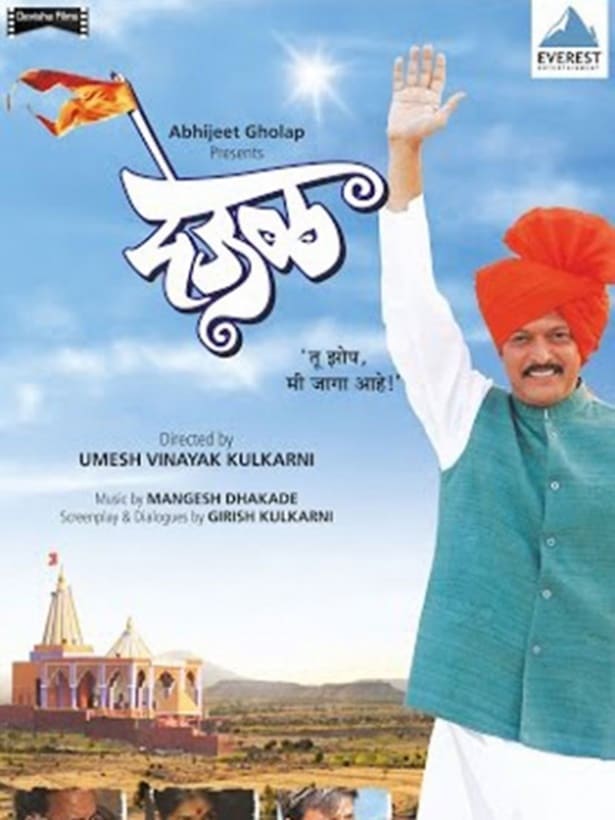 66 / 76
66 / 76Deeol (Marathi, 2011)
Religion, politics and the thorny situations that can arise out of blind faith come together in a delicious mix in Umesh Vinayak Kulkarni’s satire, where holy cows are sent up, and beliefs are up for grabs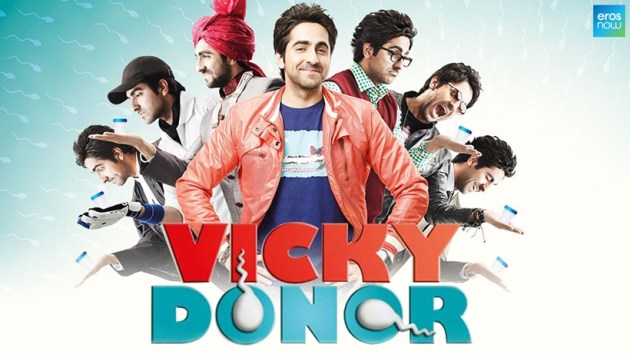 67 / 76
67 / 76Vicky Donor (2012, Hindi)
Shoojit Sircar, with the help of writer Juhi Chaturvedi, created a New Age Bollywood hero in this comedy featuring virile young Punjabi men, sperm donors, and the overpowering desire for your own progeny. Ayushmann Khurrana was just the man for it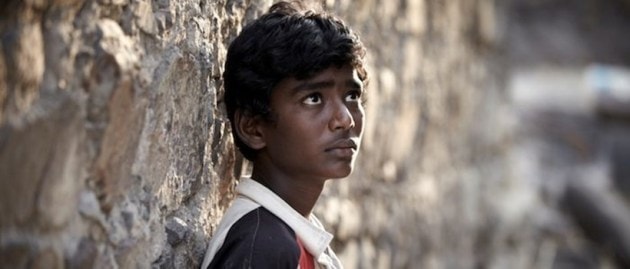 68 / 76
68 / 76Fandry (2013, Marathi)
A stone gets flung and everything fades to black, and we are left with the black anger in a young boy’s face; this harrowing film by Nagraj Manjule, about a Dalit family forced to eke out a living by capturing pigs, is a necessary slap in the face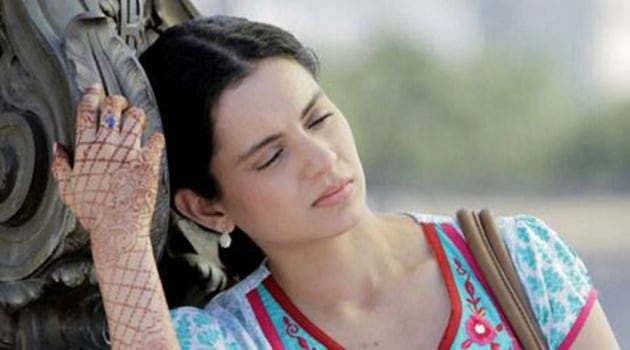 69 / 76
69 / 76Queen (2014, Hindi)
What does real freedom mean to a young woman looking forward to an unexceptional life of marriage and kids, dumped at the last minute? Kangana Ranaut’s performance makes this feminist statement exceptional 70 / 76
70 / 76Court (2014, Marathi-Hindi-Gujarati-English)
Chaitanya Tamhane’s observational satire encompasses the state’s suspicions against a revolutionary poet-cum-social activist, and a municipal worker who dies cleaning drains, and is a savage attack on the apathy of the legal system that favours the rich and lets down the poor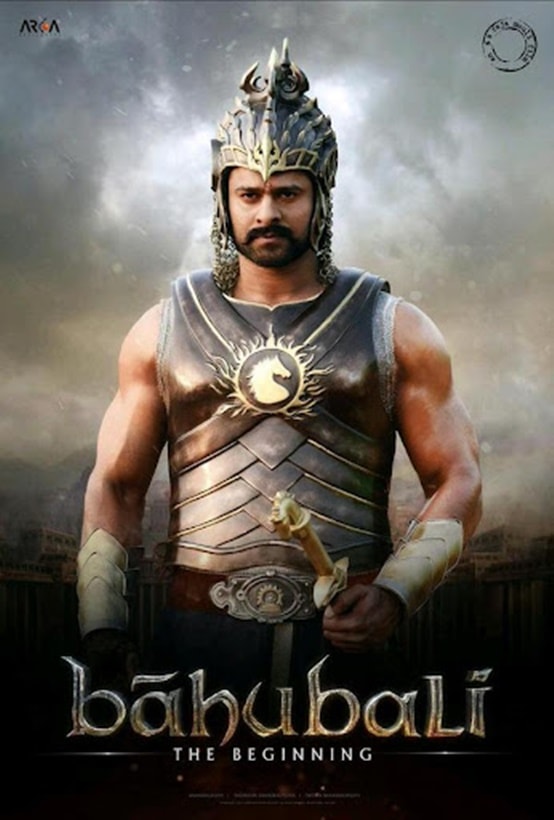 71 / 76
71 / 76Bahubali (2015, Telugu)
SS Rajamouli went big, bigger, biggest with this two-part proto-mythological fantasy, with the kind of tech specs no had ever seen in Indian cinema. India finally had it’s own Avatar, and Hollywood sat up and took notice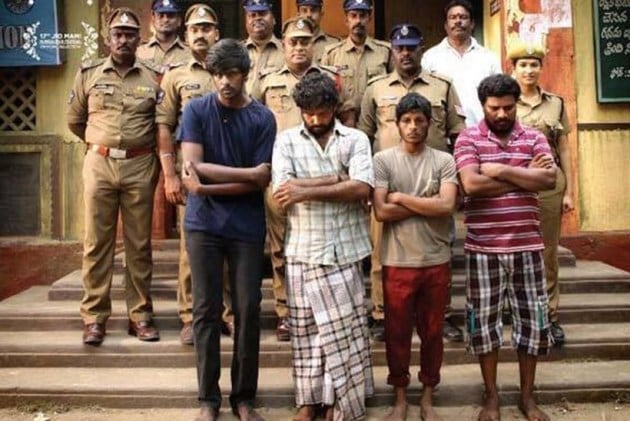 72 / 76
72 / 76Visaranai (2016, Tamil)
Who do you blame when the whole system is bent? Vetri Maaran creates a chilling drama about the abuse of power, when vested in the hands of the upholders of law and order, complicit in creating disharmony on the orders of dishonest politicians and dodgy lawyers 73 / 76
73 / 76Newton (2017, Hindi)
Amit Masurkar’s satire about the state of our democracy, and the invisibilisation and appropriation of the tribal voice in a Maoist-influenced middle India, bites hard, supported ably by Rajkummar Rao and Pankaj Tripathi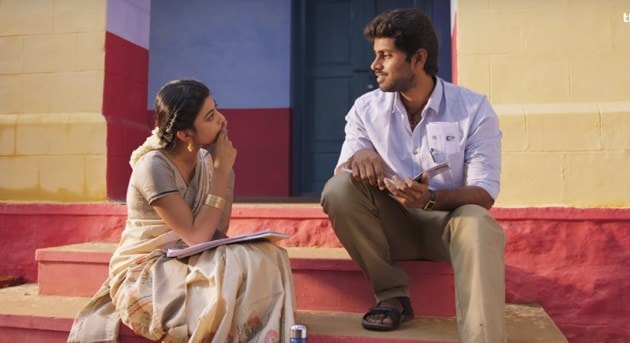 74 / 76
74 / 76Pariyerum Perumal (2018, Tamil)
Mari Selvaraj and Pa Ranjith collaborate on this powerful inter-caste love story, showing us just how intractable the problem of caste is even among the so-called educated Indians. This is India now; it could well be the India of the dark ages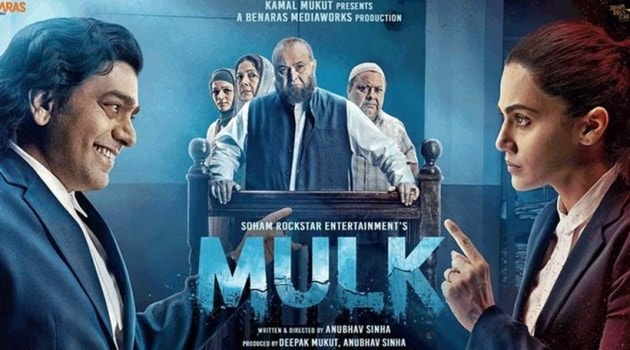 75 / 76
75 / 76Mulk (2018, Hindi)
Sharp commentary on the rising communal divide and the Hindu-Muslim question, this Anubhav Sinha film talks out loud about Us and Them, and already feels brave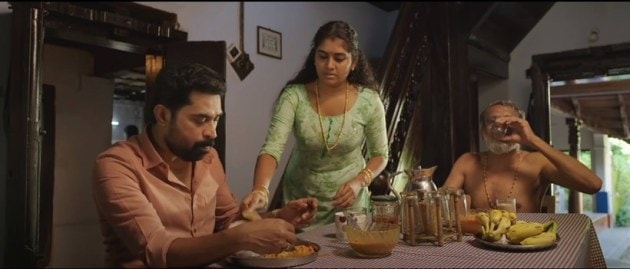 76 / 76
76 / 76The Great Indian Kitchen (2021, Malayalam)
What’s so great about an Indian kitchen where a woman is expected to find her life’s purpose while the men lounge and expect to be served? Terrific, trenchant film, whose director Jeo Baby questions patriarchy and gender expectations, and looks at the very real possibility of smashing it











